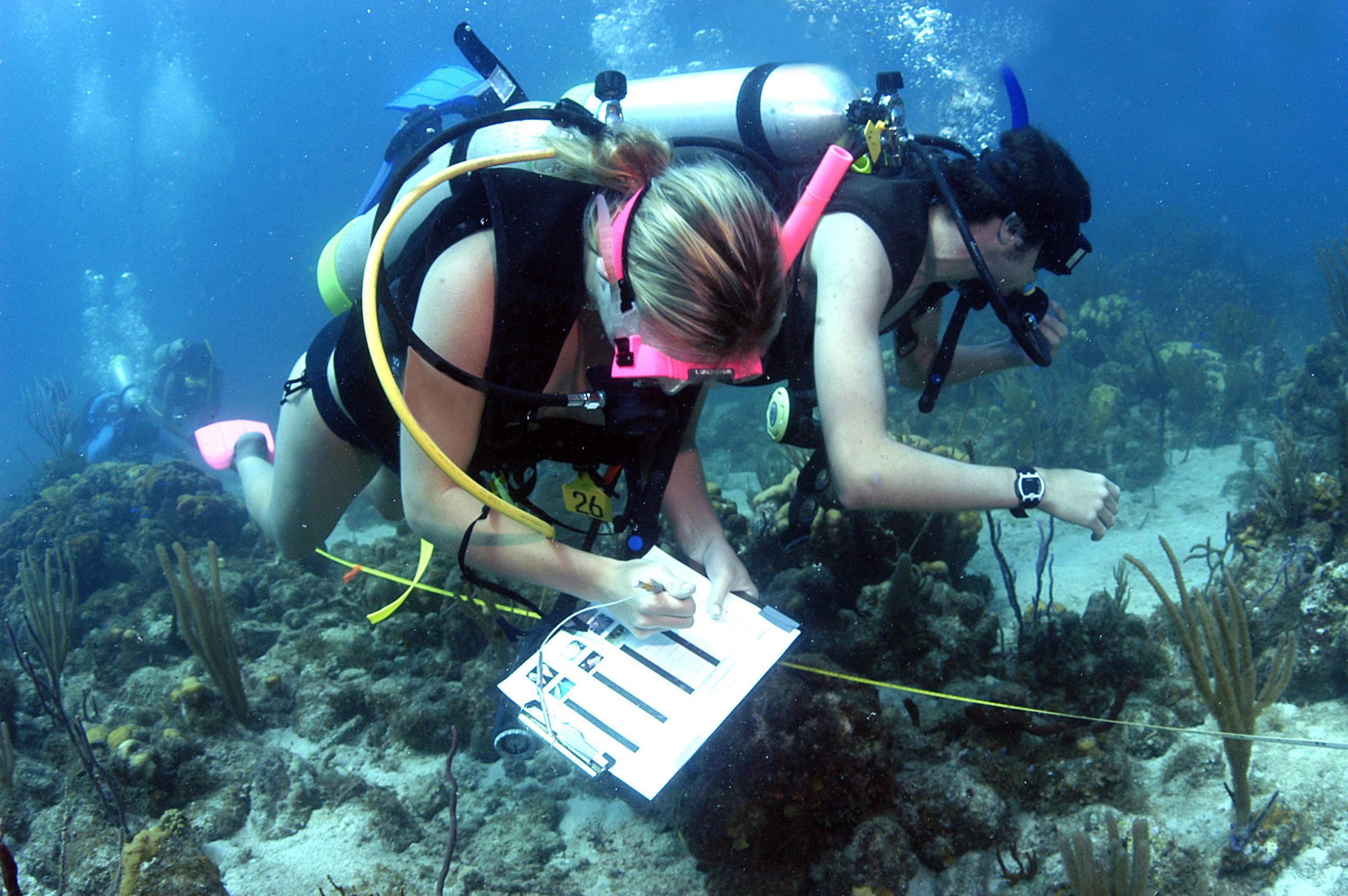Scuba Certification: Everything You Need to Know

If you’re fascinated by the underwater world and the amazing creatures that live there, then a scuba certification (like the PADI Open Water Diver certification) is your passport to extraordinary experiences that support healthy oceans.
What is a scuba certification? As well as proving that you’ve got the appropriate skills and knowledge, a scuba diving license identifies you as an underwater explorer and an ambassador for the ocean.
This article includes everything you need to know about scuba diving lessons, getting your PADI certification, and answers to frequently asked questions, such as “How much does it cost to get scuba certified?” and “How long does it take to get a scuba license?“
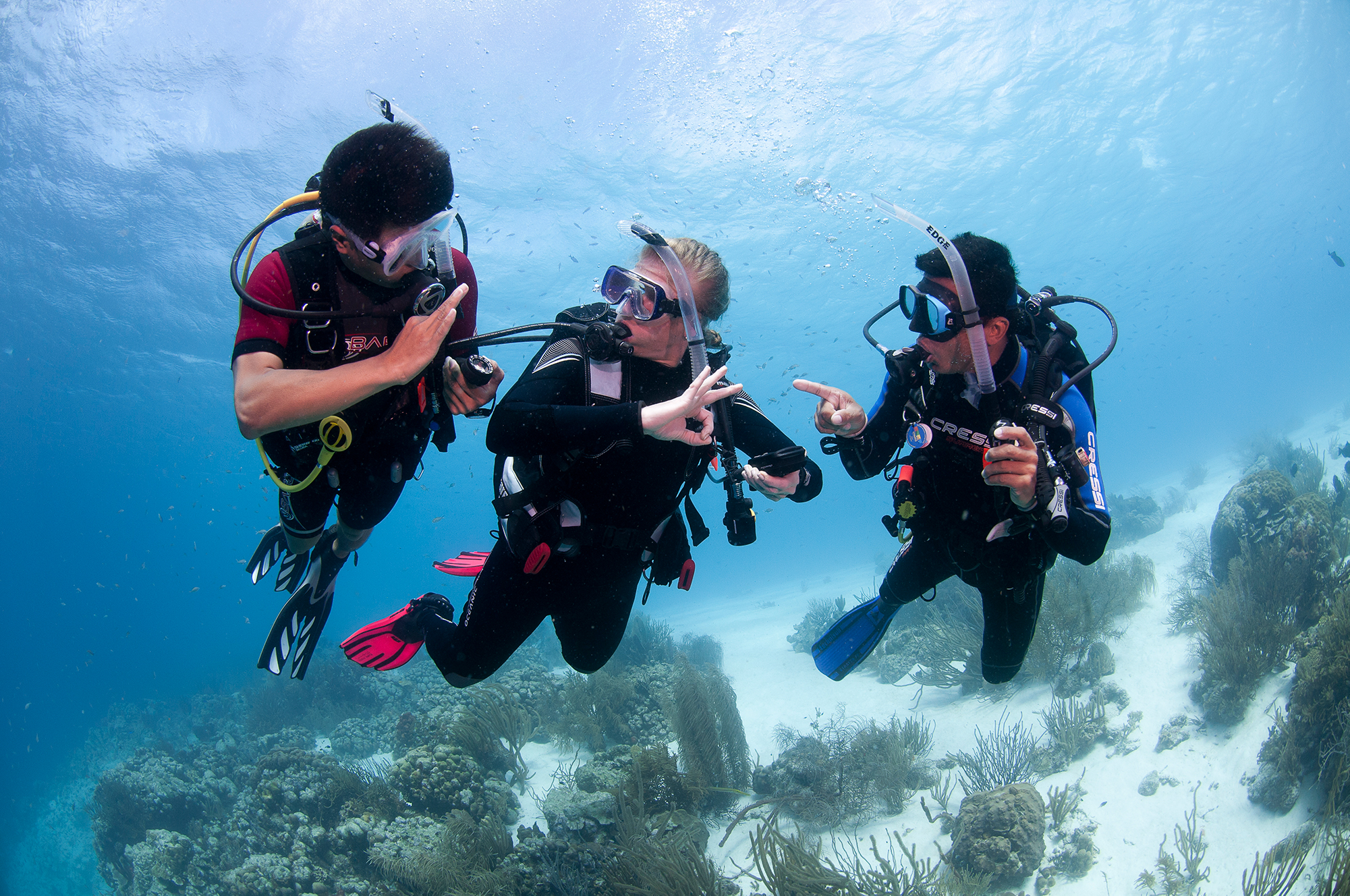
The Open Water Diver Scuba Certification
PADI’s Open Water Diver course is the world’s most popular and widely recognized scuba diving certification. You can become a certified diver in as little as four days or over the course of a year.
Why Get Scuba Certified?
Once certified to scuba dive, you can:
- Scuba dive with a partner (without supervision)
- Rent or purchase scuba diving gear
- Book excursions with dive boats and resorts
- Get air fills at local dive shops
- Call yourself a certified diver!
A scuba certification course is much more than just learning how to explore the underwater world safely (of course that’s covered). It’s a great way to reconnect with the natural world, recharge your blue health, and Live Unfiltered away from the hustle and bustle of everyday life.
By the time you finish your PADI Open Water Diver course, you’ll understand our ocean planet in a new way. Read on, or watch the video below, to learn more about getting scuba certified.
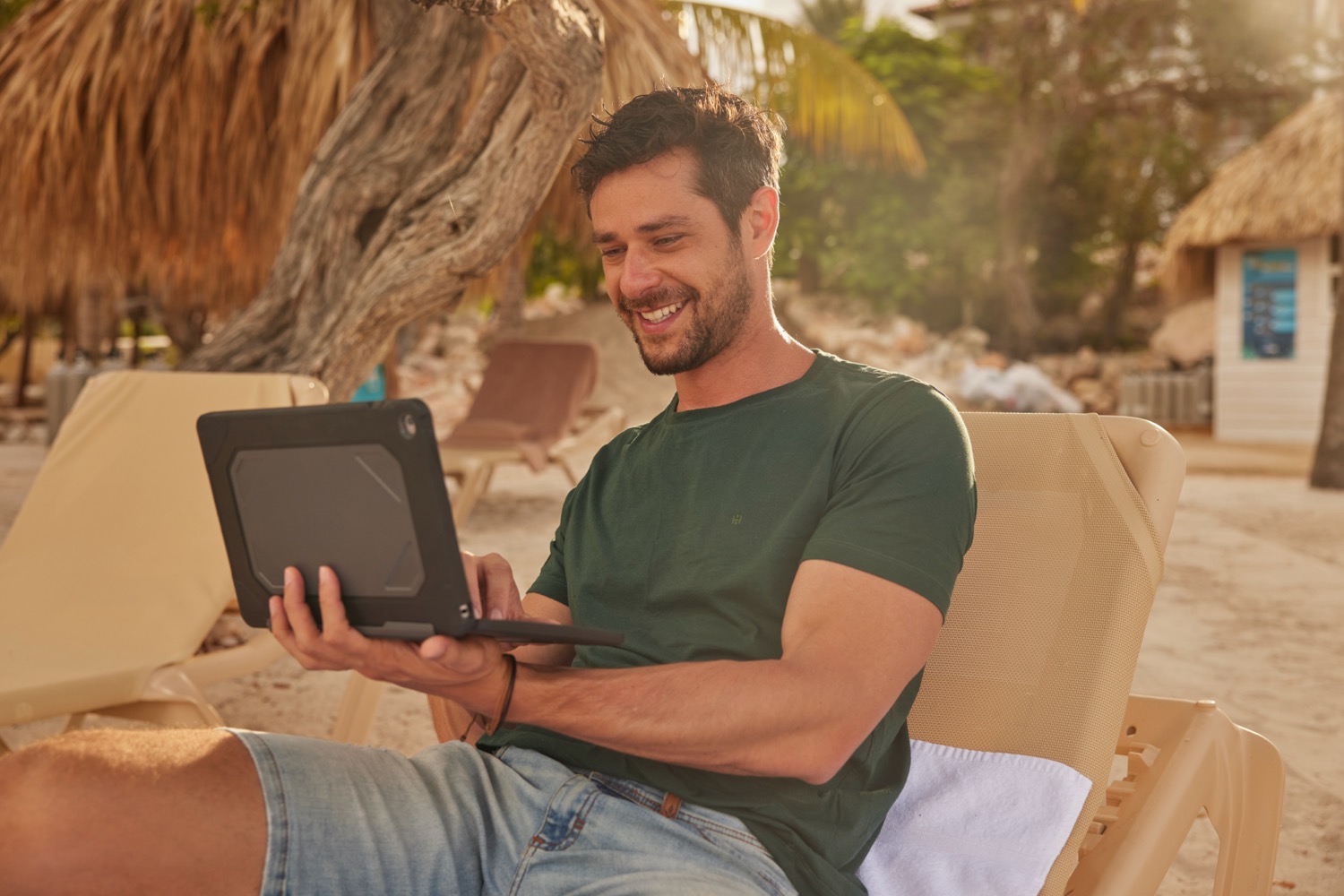
Phase 2: Confined Water Dives
During this phase, you’ll take your first breath underwater in a calm environment, such as a swimming pool or tranquil lagoon (known as “confined water”). You’ll practice basic diving skills, such as:
- Setting up your scuba gear
- Ascending and descending
- Buoyancy control
- Clearing water from your mask
- Using scuba hand signals
Your instructor will demonstrate and review these and other skills with you until you’re comfortable performing them on your own. When you have mastered the confined water skills and feel ready, you’ll move on to the final phase: open water diving!

Phase 3: Open Water Dives
You’ll go scuba diving for the first time in open water, learning to dive to a maximum depth of 18 meters (60 feet). The PADI Open Water Diver course includes four open water dives, usually completed over two days. With your instructor by your side, you’ll demonstrate the skills you learned in confined water and then explore the aquatic world.
Many student divers complete their dives close to home – in the ocean, local lake, quarry, or other body of water. You can also complete your four open water dives while on vacation; ask your PADI Instructor about an Open Water Diver referral, which allows you to take the knowledge development and confined water sessions in one place and complete your open water dives in another.
After completing four open water dives and all other course requirements, you’ll become a certified PADI diver – a title that will last a lifetime. Now you are free to explore the other two-thirds of our ocean planet!
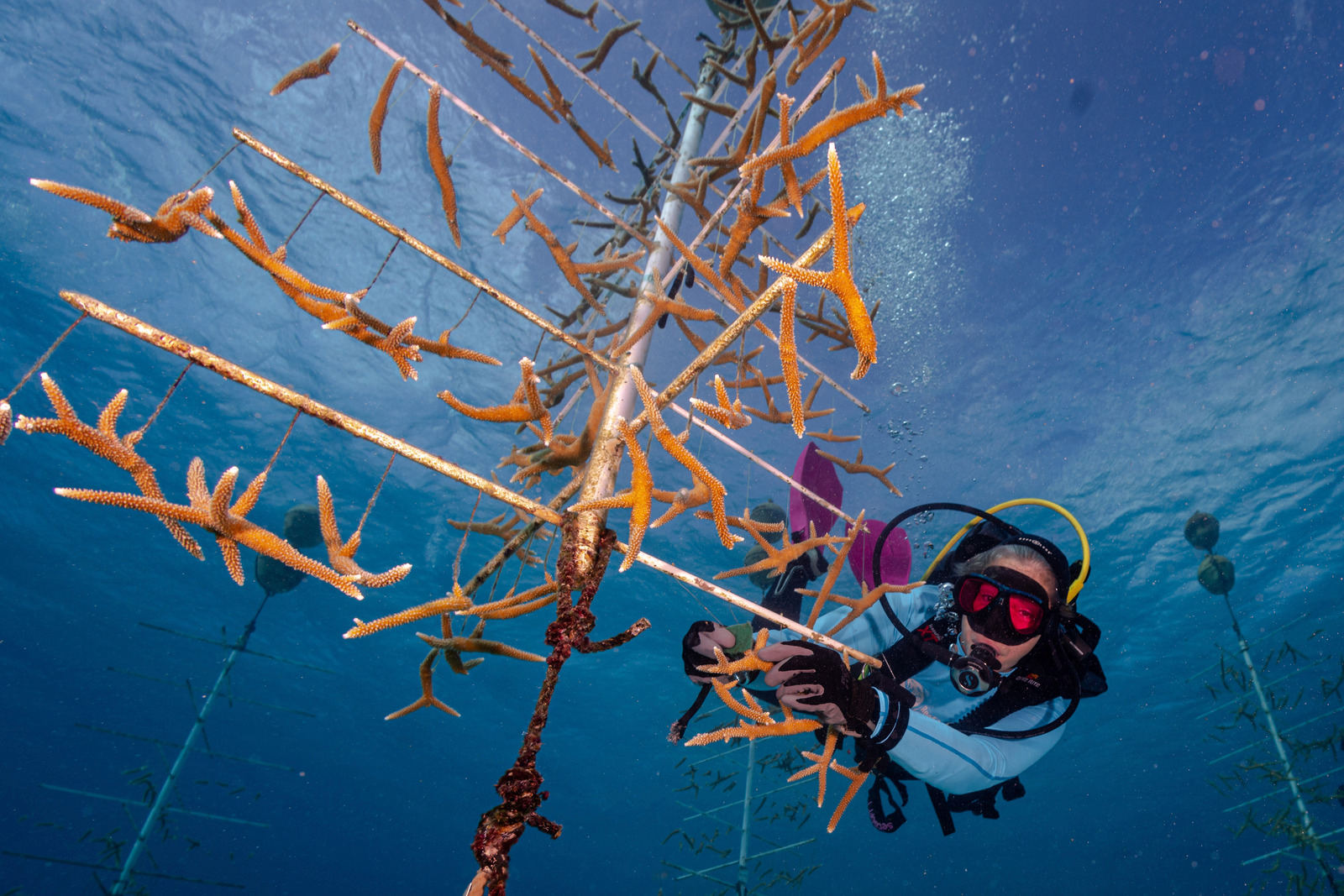
What Can I Do with a Scuba Certification?
Getting your scuba certification means you’ll be able to enjoy a range of underwater adventures – safely and confidently. You’ll be ready to go scuba diving across the world! As a PADI-certified Open Water Diver, you’ll also have access to many exciting PADI courses that help you reach your diving goals – whether they be exploration, ocean conservation, underwater photography, wreck diving, or your other favorite interests. You might even consider scuba diving as a job, such as becoming a scuba instructor, marine biologist, or a Hollywood stunt double!
Read more about the next steps you can take after getting your first PADI dive certification.
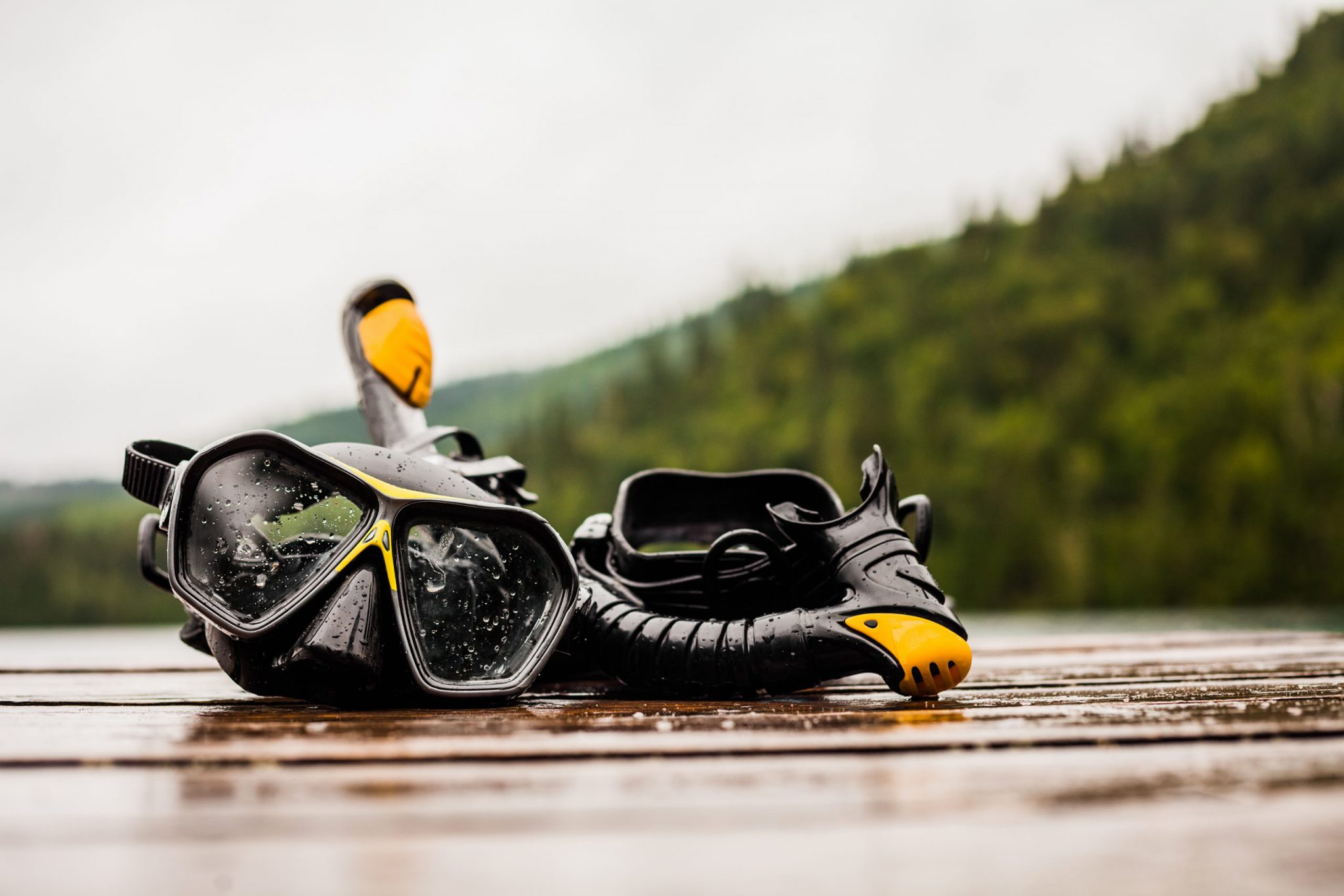
If you see an advertised price for your PADI diving course that’s drastically lower than all the others, ask what it includes. Some dive shops include everything for one price, while others charge separately for inwater training, online course tuition, scuba equipment, and so on.
Contact your local PADI Dive Center or Resort for more information and pricing. You can also find great deals by combining a resort stay with a PADI scuba diving certification. Visit PADI Travel® to connect with more than 500 resorts worldwide.
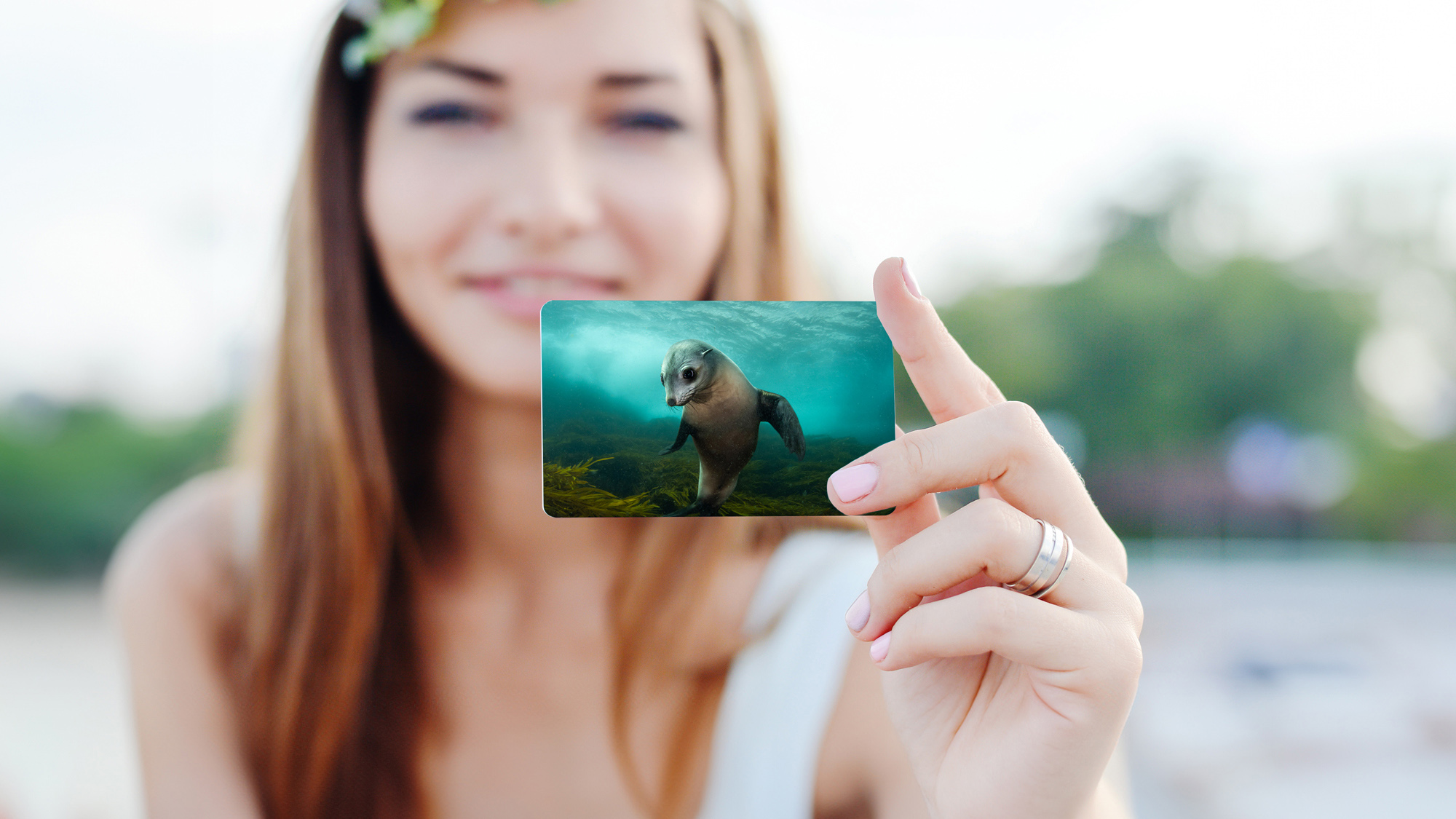
What is a PADI Certification Card?
Once you finish your PADI Open Water Diver course, you’ll receive an electronic certification card (PADI eCard™), which can be accessed via the free PADI App™ and PADI.com. It displays information that proves you’ve completed your PADI training. You can also choose to purchase additional Limited Edition PADI eCard designs, as well as plastic certification cards.
Will My PADI Scuba Certification Expire?
Your PADI certification and PADI card will never expire. However, if it’s been a while since your last dive, a scuba refresher program such as PADI ReActivate™ will help you refresh your skills and knowledge so you’ll be ready to dive into your next PADI dive course or vacation with confidence.
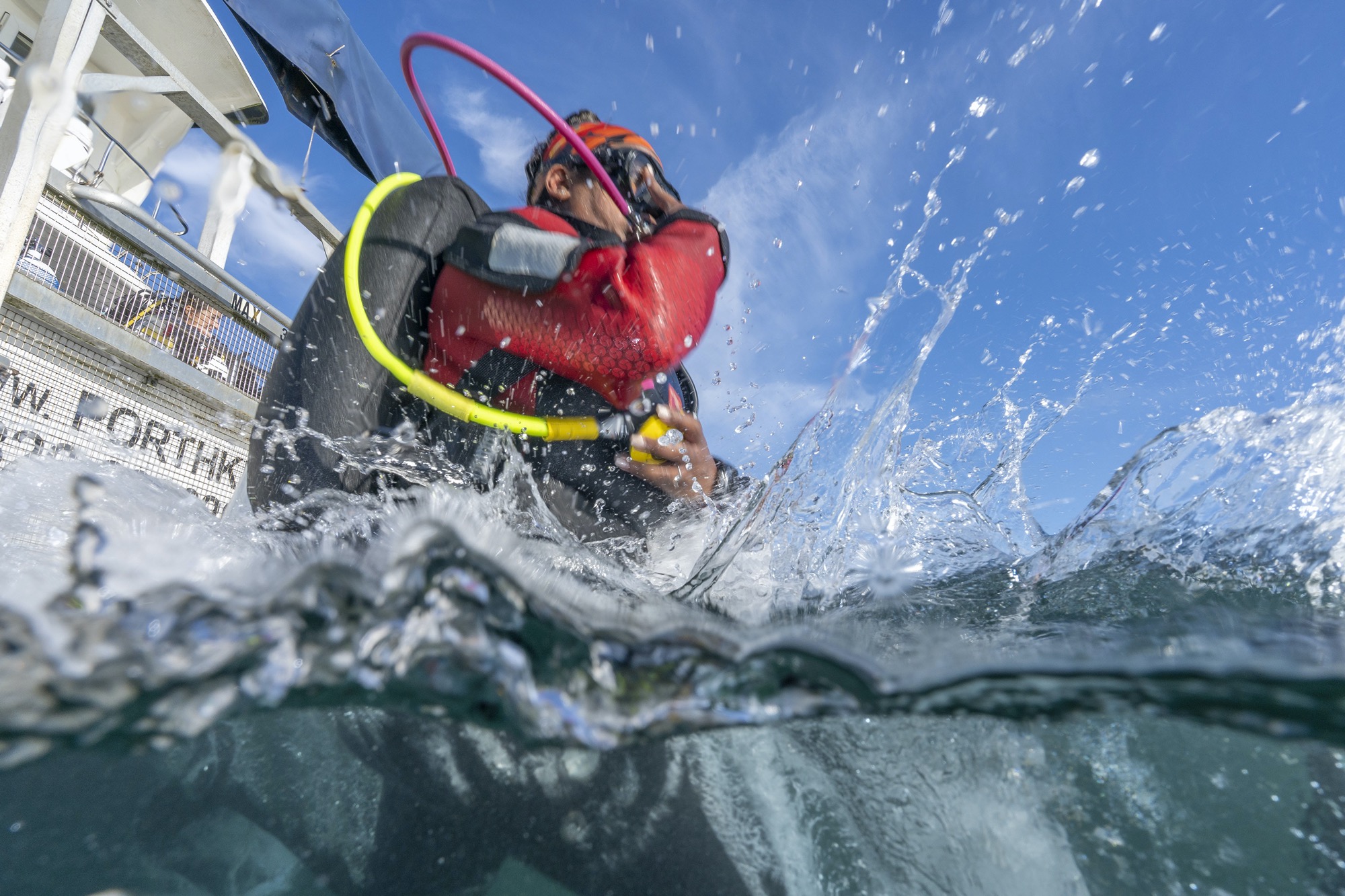
Tips From the Pros
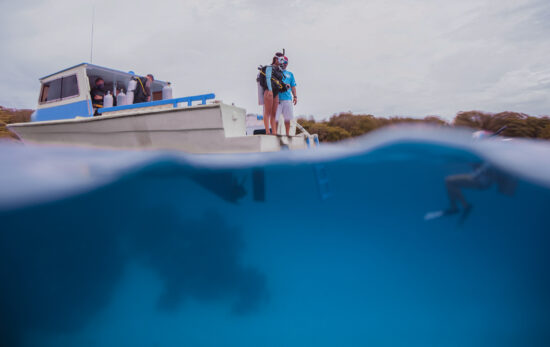
- Fitting an Open Water Diver course into a short vacation can be a lot of pressure. If a relaxed, go-at-your-own-pace learning environment is important to you, choose online learning and start your inwater training at a local dive shop. This will prevent you from feeling time-pressured during your trip.
- If trying something new in a large group makes you uncomfortable, consider a private or semi-private class.
- Make sure you’re prepared (mentally and physically) before and during your scuba course. Get plenty of rest, stay hydrated, and show up on time. Ask questions, do your homework, but most importantly, relax and enjoy yourself! If you’re feeling a little nervous, then consider these tips for overcoming predive anxiety.
- Not sure if scuba diving is for you? Ask your local dive shop about a Discover Scuba® Diving experience. You’ll get to try on scuba gear and test your comfort level in a pool or other calm, shallow water environment with a PADI Professional.
Scuba Diving Certification Requirements Explained: What You Need to Know

Before you start your journey in scuba diving, it’s important to know the certification requirements that ensure your safety and readiness. This article details the typical prerequisites and guidelines you must meet to become a certified diver.

Scuba diving is an exciting and adventurous activity that lets you explore the underwater world like never before. However, before diving into the deep blue, it’s crucial to understand the certification requirements that ensure you’re adequately prepared and safe. Scuba diving certification is not just a formality; it represents your competence and readiness to handle the challenges that can arise beneath the surface. In this article, we’ll walk you through the typical prerequisites, documentation, and guidelines needed to become a certified diver, helping you feel confident before you take the plunge.
Why Certification Requirements Matter
Certification requirements exist primarily to protect you and others in the water. Scuba diving involves handling specialized equipment, managing your breathing underwater, and being aware of potential risks such as changes in pressure or marine life encounters. Without proper training and certification, divers may put themselves and their diving partners in danger. Certification courses teach essential safety protocols, diving skills, and emergency responses, making sure you are prepared for a safe and enjoyable diving experience. By meeting certification standards, you demonstrate that you have the knowledge and skills to dive responsibly.
Typical Age and Health Prerequisites
One of the first things to consider when pursuing scuba diving certification is your age and health. Most agencies set minimum age limits to ensure participants can handle the physical and mental demands of diving. Typically, the minimum age is around 10 to 12 years for junior certification programs, while standard open water certification usually requires you to be at least 15 years old. Younger divers may receive junior certifications with certain depth and supervision limitations.
Regarding health, scuba diving requires good overall physical condition. Since diving affects your body in unique ways—like equalizing pressure in your ears and lungs—certain medical conditions might prevent you from obtaining certification. People with epilepsy, severe asthma, heart conditions, or certain lung diseases may be advised against diving. It’s essential to declare any relevant medical history honestly when registering for courses, as instructors will guide you on whether diving is safe for you.
Medical Evaluations and Fitness to Dive
Most certification agencies require a medical evaluation to ensure you are fit to dive. This process often begins with a detailed medical questionnaire that covers your past and current medical conditions, medications, and any respiratory or cardiovascular issues. If any potential red flags arise from the questionnaire, you may be asked to get clearance from a doctor familiar with diving medicine before continuing your certification.
Physical fitness plays a significant role in safe diving. Since diving involves swimming, controlling buoyancy, and sometimes navigating strong currents, being in good shape makes the experience easier and safer. While you don’t need to be an athlete, being able to swim comfortably and maintain physical endurance is important. Additionally, your cardiovascular health should be robust enough to handle the exertion and pressure changes involved in dives.
Required Swim Skills and Comfort in Water
Basic swim skills and water comfort are non-negotiable prerequisites for most scuba certification courses. Divers must be able to swim a certain distance without stopping, often around 200 meters or 300 yards, using any stroke. Additionally, floating or treading water for several minutes is typically required. These skills ensure that if any unexpected situation arises during a dive, you can manage yourself comfortably in the water.
Beyond swim skills, you need to feel at ease in the water. Many beginners find open water diving intimidating, so certification courses often begin in a pool or confined water setting. Here, you learn how to use your gear, breathe through a regulator, and practice essential skills like mask clearing and regulator recovery. Being calm and confident in these environments is crucial to progressing to open water dives safely.
Documentation Needed for Certification Courses
When enrolling in a scuba diving certification course, you’ll need to submit several documents to the training agency or dive shop. These typically include:
- Proof of age: A government-issued ID or birth certificate to confirm you meet the minimum age requirement.
- Medical clearance form: A signed statement from a physician or completion of a medical questionnaire indicating you are fit to dive.
- Signed liability release: This form acknowledges that you understand the risks involved with scuba diving.
- Previous certifications (if applicable): If you’re advancing to higher certification levels, proof of prior training and credentials will be necessary.
Ensuring all documentation is correct and complete before the course starts smooths the process and allows you to focus on learning the skills.
Importance of Following Agency-Specific Standards
Various organizations offer scuba diving certifications, including PADI (Professional Association of Diving Instructors), NAUI (National Association of Underwater Instructors), SSI (Scuba Schools International), and others. While all reputable agencies adhere to internationally recognized minimum standards, there can be slight differences in course structure, requirements, and terminology.
It’s important to follow the standards and guidelines of the specific certifying agency you choose. Their standards cover everything from equipment standards and dive planning to required practice dives before certification is granted. Completing your training according to their standards ensures that your certification will be recognized worldwide and that your training meets safe diving practices.
Dealing with Special Considerations or Limitations
Some prospective divers may have special considerations that could affect their certification process. This can include pre-existing medical conditions, disabilities, or age-related factors. Fortunately, many agencies are equipped to accommodate diverse needs while maintaining safety.
If you have health issues, consulting with a dive medicine doctor is advisable. Sometimes, modified certification programs or special training segments can help address physical limitations. For example, adaptive diving programs exist for individuals with disabilities, focusing on tailored techniques and assistance. Senior divers may need to provide more thorough medical evaluations but can still achieve certification if cleared.
Being upfront with your instructor about any concerns or limitations allows them to customize training and advise you on the best approach.
Getting Ready to Meet Certification Standards
Starting your journey toward scuba certification is both exciting and rewarding. Being prepared both physically and mentally helps ease the learning process. Here are a few tips to help you meet certification requirements smoothly:
- Maintain good physical health: Engage in regular swimming or aerobic exercise to build endurance.
- Brush up your swimming skills: Practice swimming and treading water, as these are foundational skills for diving.
- Schedule a medical check-up: If you have any health concerns, get evaluated early so any necessary paperwork or clearances are ready before your course.
- Research your chosen certification agency: Know their prerequisites, course structure, and costs beforehand.
- Arrive prepared: Bring required documents and be ready to engage fully during theory sessions and practical skills training.
By following these steps and understanding the certification requirements, you’ll be well on your way to experiencing the wonders of scuba diving safely and confidently.
Embarking on the path to becoming a certified scuba diver opens a gateway to incredible underwater adventures. Remember, meeting the certification requirements is not just about ticking boxes but about ensuring your safety and enjoyment as you explore beneath the waves. With the right preparation, clear understanding, and guidance from professional instructors, you’ll soon be ready to dive into new experiences with competence and peace of mind.
https://blog.padi.com/how-to-become-a-scuba-diver-everything-you-want-to-know/https://outuro.com/scuba-diving-certification-requirements/

